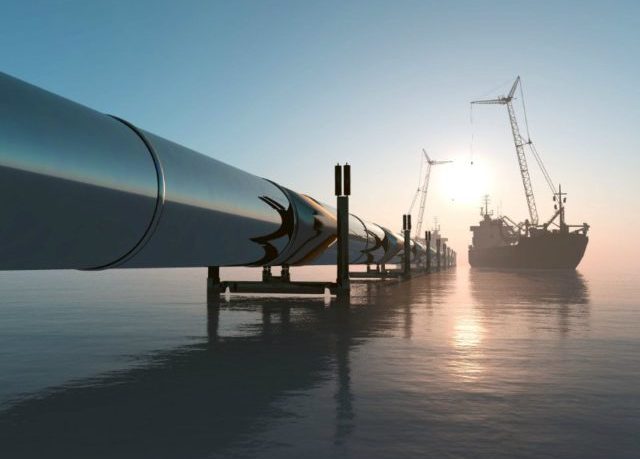- 2020 is on its way to experiencing the largest recorded demand shock in the history of global natural gas markets, underlines the Gas 2020 report, issued by the International Energy Agency (IEA).
- Gas consumption is expected to fall by 4% in 2020, under the successive impacts of lower heating demand from the warm winter, the implementation of lockdown measures in almost all countries to slow the spread of the virus, and a lower level of activity caused by the COVID-19 induced macroeconomic crisis.
- As of early June, all major gas markets are experiencing a fall in demand or sluggish growth at best as is the case of China.
Europe is the hardest hit market, with a 7% year-on-year decline so far in 2020. The global oversupply is pushing major natural gas spot indices to historic lows, while the oil and gas industry is cutting spending and postponing or cancelling some investment decisions to make up for the severe shortfall in revenue.
Although confinement measures are being gradually lifted, forecasts do not assume that economies recover promptly.
As a result, global natural gas consumption is heading for an estimated 4% drop in 2020. All regions are impacted, with mature markets across Europe, North America, Asia and Eurasia together accounting for about 75% of lost gas consumption in 2020.
Across different sectors, power generation is the hardest hit, making up half of the total demand decline, followed by the residential and commercial sector and the industrial sector.
Outlook on natural gas markets
In spite of an expected gradual recovery in 2021, the COVID-19 crisis will have long-lasting impacts on natural gas markets. This is because the main medium-term drivers of demand growth are subject to several key uncertainties.
Although this forecast aims to provide early estimates for a medium-term recovery path for natural gas, it does not assume market conditions will automatically return to pre-crisis conditions.
Natural gas demand is expected to recover progressively in 2021 in mature markets and grow in emerging markets thanks to low prices.
But the repercussions of the 2020 crisis on growth are set to result in 75 bcm of lost annual demand by 2025, which is the same size as the global annual increase in demand in 2019.
In both those countries, the industrial sector is the main source of demand growth, making it highly dependent on the pace of the recovery in domestic and export markets for industrial goods.
The majority of incremental gas production comes from US shale and large conventional projects in the Middle East and the Russian Federation, for which the current price collapse and short-term market uncertainty represent a substantial downside risk.
Liquefied natural gas is expected to remain the main driver behind global gas trade growth, but it faces the risk of prolonged overcapacity as the build-up in new export capacity from past investment decisions outpaces slower than expected demand growth
Download the report here
Author: Babalwa Bungane















